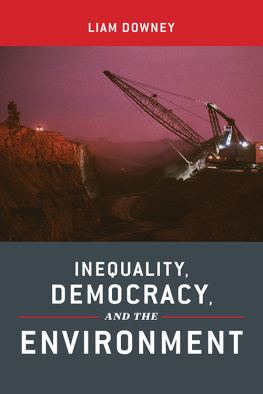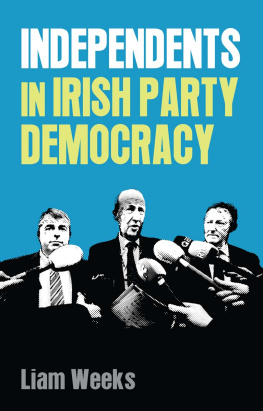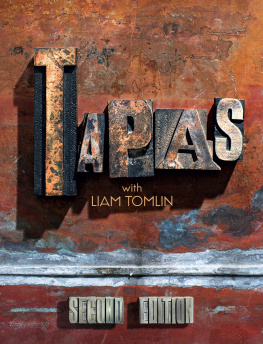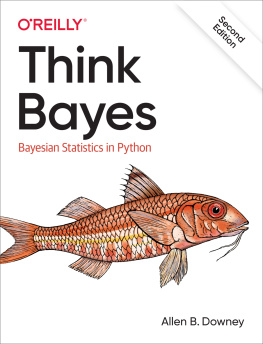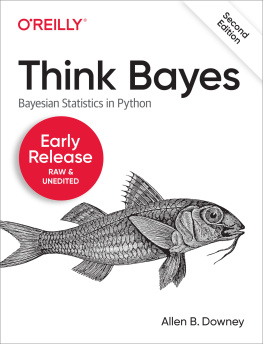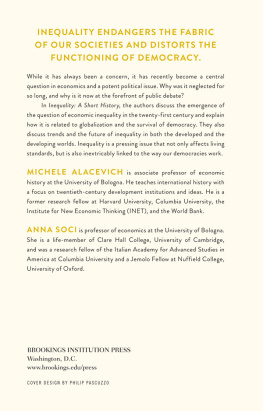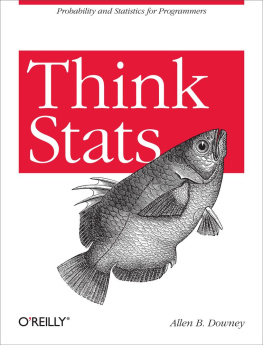INEQUALITY, DEMOCRACY, AND THE ENVIRONMENT
Inequality, Democracy, and the Environment
Liam Downey
NEW YORK UNIVERSITY PRESS
New York and London
NEW YORK UNIVERSITY PRESS
New York and London
www.nyupress.org
2015 by New York University
All rights reserved
References to Internet websites (URLs) were accurate at the time of writing. Neither the author nor New York University Press is responsible for URLs that may have expired or changed since the manuscript was prepared.
e-ISBN: 978-1-4798-8597-8
ISBN: 978-1-4798 5072-3 (hardback)
ISBN: 978-1-4798-4379-4 (paperback)
For Library of Congress Cataloging-in-Publication data, please contact the Library of Congress.
This book is dedicated to all those who are struggling to make the world a more democratic, just, and sustainable place.
CONTENTS
First and foremost, I would like to thank the graduate students who helped me conduct much of the research for this book: Susan Strife, Brian Hawkins, Katherine Clark, and Eric Bonds. Without their help this book would not have been written, and I am especially indebted to Katherine and Eric for their assistance, friendship, and support. I would also like to thank my friends and colleagues at the University of ColoradoBoulder, in particular, Jenn Bair and Isaac Reed, who provided helpful advice and support as I developed my initial ideas into a more formal theoretical model and then into this book.
I have taught the material covered in this book to hundreds of graduate and undergraduate students over the past 10 years, many of whom have provided me with important feedback on the ideas included in this book. They are too many to list here, but I thank all of them. In addition, there are several people outside academia whom I would like to thank. The friends I have made in Boulders music scene have, simply by being there week in and week out, made the writing of this book much easier. I would like to thank all of them, but in particular Mark Arroyo, Ray Alonso, and Jodie Woodward. My wife, Alessandra, and sons, Naiche, Dakota, and Maja, have also supported me throughout the writing of this book. Alessandra also read and provided important feedback on the final draft of my manuscript. Thank you.
Finally, I cannot express how grateful I am for the enthusiastic support and advice of Ilene Kalish, Caelyn Cobb, and Dorothea Halliday, executive editor, assistant editor, and managing editor, respectively, at NYU Press. My book also benefited greatly from Andrew Katzs careful editing, and I am extremely grateful for the feedback provided by the scholars who anonymously reviewed my manuscript. This book is much better for their advice and suggestions.
The world currently faces several severe social and environmental crises, including economic underdevelopment, widespread poverty and hunger, lack of safe drinking water for one-sixth of the worlds population, deforestation, desertification, rapidly increasing levels of pollution and waste, dramatic declines in biodiversity and soil fertility, and climate change. Evidence of these and other serious social and environmental problems abounds. For instance, well over two billion developing nation citizens live on less than two dollars a day (Shah 2010a), there are currently one billion people around the world who do not have enough food to lead healthy, active lives (FAO 2009), more than 24,000 children die every day due mainly to poverty, hunger, and preventable diseases (Shah 2010b), more than 90 million tons of greenhouse gases are spewed into the atmosphere each day (Cunningham and Cunningham 2007; Gore 2009; IPCC 2007; Lappe 2010), and each year five million acres of rainforest are cut down, five to six million people die prematurely from exposure to air pollution, and roughly 75 billion metric tons of topsoil are lost to erosion (Cunningham and Cunningham 2007).
A major source of many of these social and environmental problems is modern agriculture, which routinely poisons farm workers, generates unbelievably large volumes of animal waste (more than half a billion tons of waste per year in the U.S. alone), places highly toxic residues in our food, makes the worlds food supply highly susceptible to pests, disease, and climate change, produces widespread poverty and hunger, poisons and depletes freshwater sources around the world, and contributes greatly to deforestation, soil erosion, and climate change (Cunningham and Cunningham 2007; Hawken et al. 1999; also see chapter 4).
The extraction of natural resources also severely harms people and the environment. Over the past 50 years, for example, an estimated 540 million gallons of oil have been spilled or otherwise released into Nigerias highly sensitive delta region (Nossiter 2010), devastating the local environment and resulting in the widespread loss of livelihoods for people in the region (J. Brown 2006). Nigerian oil production has also sparked armed violence and repression as local people, rebel groups, and Nigerian and oil-company military personnel have struggled for control over the regions oil and local environment (J. Brown 2006; Human Rights Watch 1999; Watts 2008).
Of course, Nigerias delta region is not the only part of the world that has been devastated by the extraction of natural resources. Other examples of highly destructive resource extraction activities include British Petroleums Deepwater Horizon oil spill, which released 205.8 million gallons of oil into the Gulf of Mexico (Robertson and Krauss 2010), Texacos deliberate release of 345 million gallons of crude oil and 1618 billion gallons of toxic waste into the Ecuadorian rainforest between 1964 and 1990 (Environment News Service 2012; Rainforest Action Network 2012; Scandinavian Oil Gas Magazine 2010), the removal of mountain tops and destruction of local waterways by mining companies in Appalachia to more cheaply exploit the regions coal reserves (Scott 2010), and the generation of 200,000 tons of mine waste per day at the Grasberg copper mine in West Papua, Indonesia (Downey et al. 2010). Moreover, wars are often fought to gain or maintain control over natural resources, resulting in widespread death, severe social dislocation, and further environmental destruction (Klare 2001).
It goes without saying that these social and environmental problems are all extremely serious and that they all demand immediate attention. The question is, how should we go about trying to address them? Are these problems each the product of a unique set of social forces such that each problem must be dealt with separately? Or is there a factor or set of factors common to all of them that must be addressed before any of them can be solved? And if there is a factor or set of factors common to all of them, what could this factor or these factors be?
Many different answers have been given to these questions. For instance, many mainstream environmentalists believe that social and environmental problems arise from fundamentally different causes, that some problems, in particular global climate change, are so serious that they must be solved before we devote time and resources to addressing other problems and that the best way to solve or ameliorate specific environmental problems is to ignore broad social forces that likely play These mainstream environmentalists thus focus their efforts on specific laws, regulations, treaties, organizations, and behaviors, working on one or two environmental issues at a time and ignoring the broader social structures and power relations within which individuals and organizations operate and within which laws, regulations, and treaties are legislated, negotiated, promulgated, and enforced.


